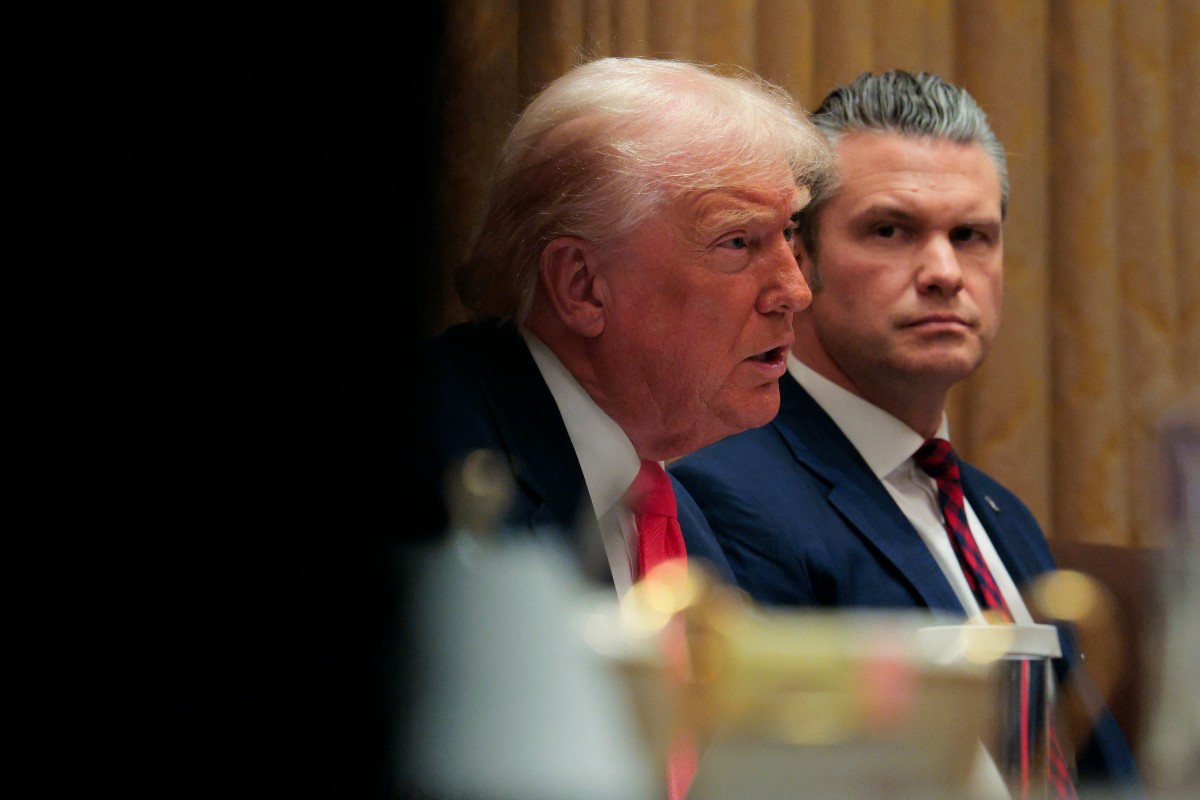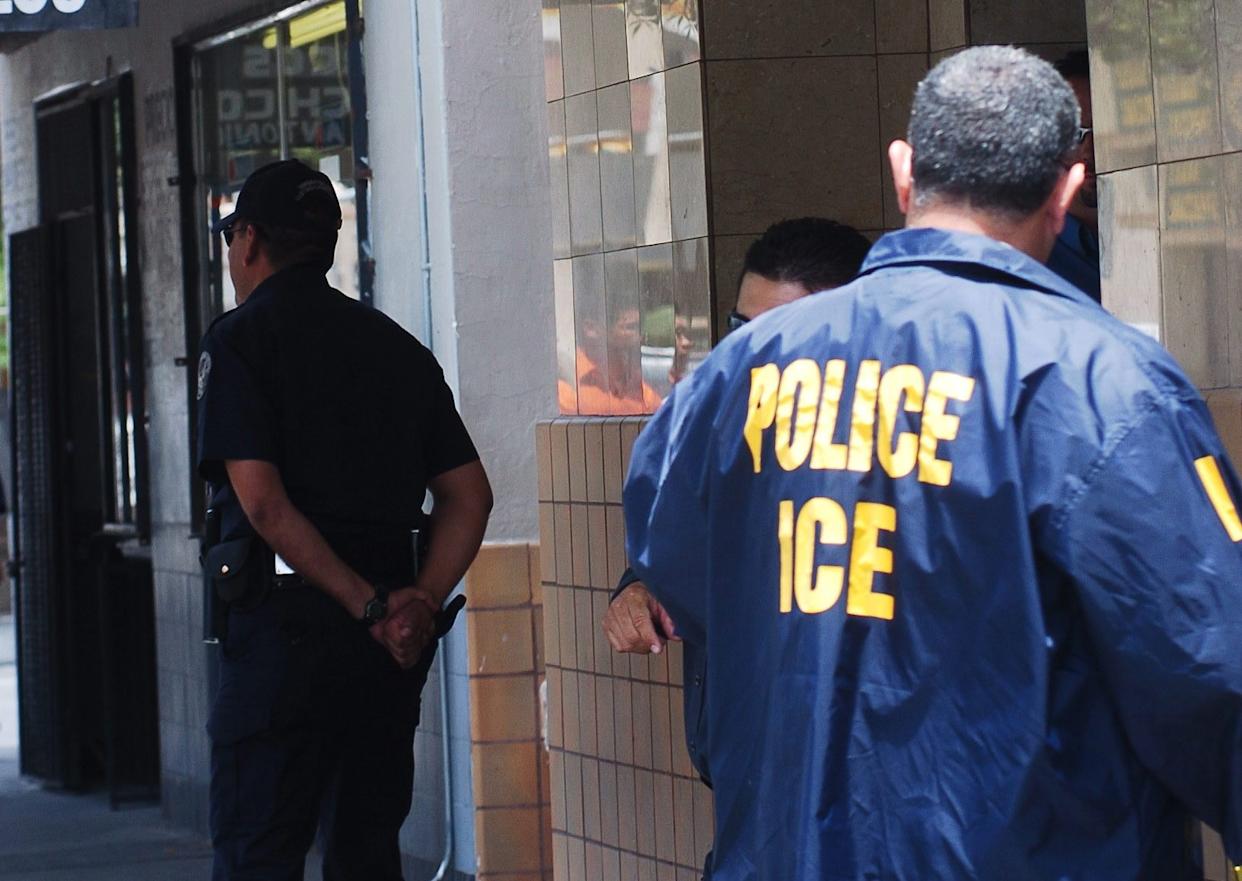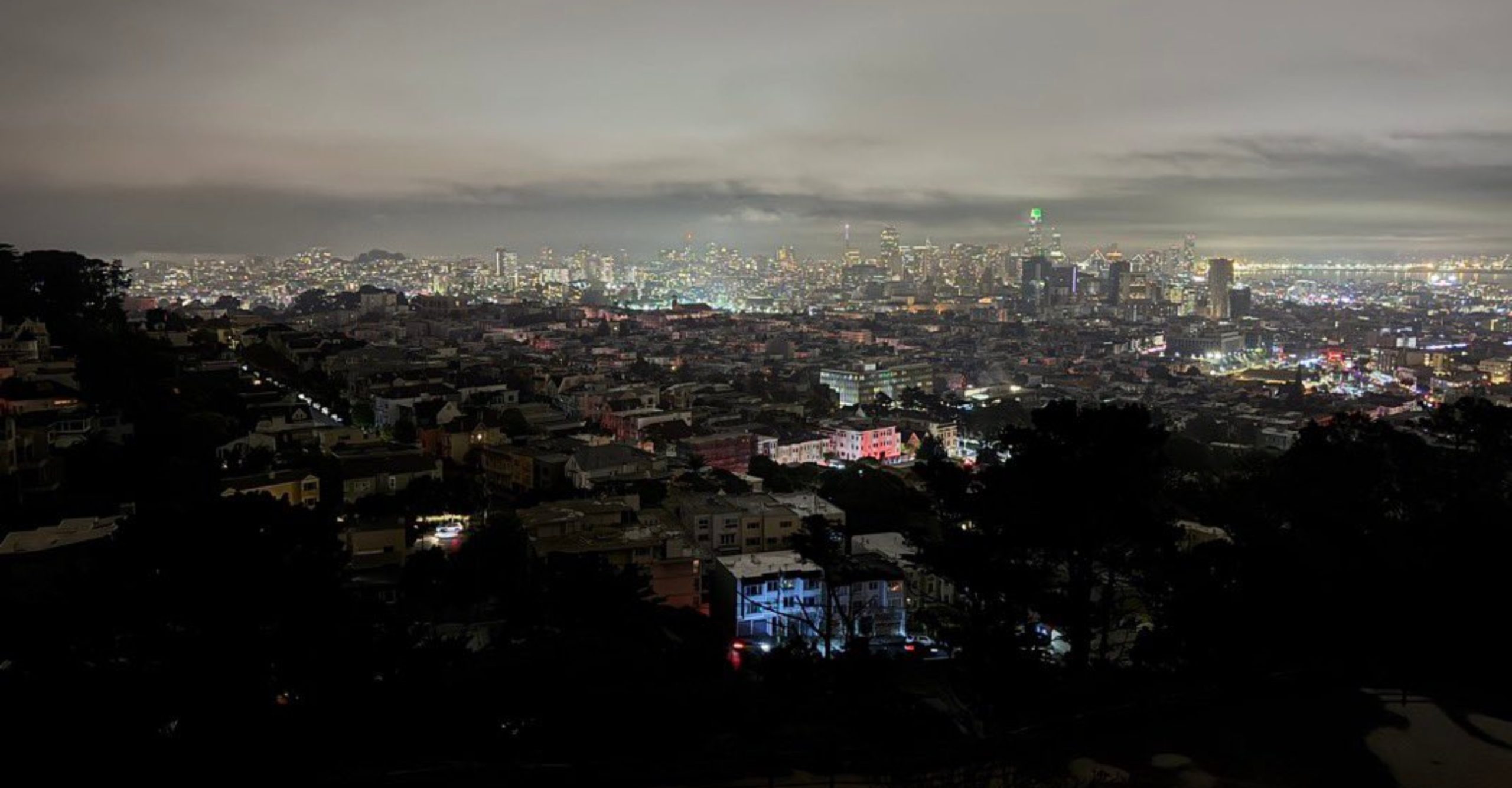International
Greenpeace will have to pay hundreds of millions of dollars to the Energy Transfer company

A popular jury ruled on Wednesday that the Greenpeace organization must pay hundreds of millions of dollars in damages to the company Energy Transfer (ET) for inciting protests against the construction of a company pipeline that degenerated into acts of vandalism.
The jury found Greenpeace responsible for defamation and other lawsuits filed by ET, which accused it of instigating the 2016 Standing Rock Sioux tribe’s protests against the construction of the Dakota Access pipeline in the north of the country, which delayed the project and raised costs.
The energy company, based in Dallas (Texas), claimed 300 million dollars (about 287 million euros), a figure that the environmental organization itself has declared that would threaten its very existence.
Greenpeace had denied ET’s accusations, claiming that it simply supported those protests and is not responsible for their development.
The jury, composed of nine people, has made its decision after two days of deliberations in a court in North Dakota (United States) and a trial that has lasted almost a month.
In its lawsuit, ET included the entities Greenpeace International, Greenpeace Inc and the Greenpeace Fund.
The case has been denounced as an example of a Strategic Lawsuit against Public Participation (SLAPP), a type of civil litigation increasingly used by corporations, politicians and other powerful groups against activists, opponents or journalists, among others.
During the protests, which took place between 2016 and 2017, thousands of people camped for months arguing that the pipeline was being built on sacred lands and that it could pose a danger to the water supply.
According to The New York Times, the co-founder and chairman of the board of directors of Energy Transfer, Kelcy Warren – one of the largest donors in the last presidential campaign of the president, Donald Trump – assured in a video projected during the final arguments that the demonstrators created “a totally false narrative.”
One of the company’s lawyers, Trey Cox, said during the trial that “Greenpeace took a small and disorganized local case and exploited it to close the pipeline and promote his own selfish agenda,” reports the New York media.
In a post on its website written before the verdict was known, the organization assures that, with this lawsuit, Energy Transfer “has used the US legal system as a weapon to try to silence us at a time when our voices are more necessary.”
International
Trump Orders Construction of New ‘Golden Fleet’ to Revitalize U.S. Naval Superiority

President Donald Trump issued an executive order this Monday for the immediate construction of two new warships that will bear his name. These vessels will be the pioneers of what he described as the “Golden Fleet,” a future generation of “Trump-class” battleships that he claimed would be “100 times more powerful” than those currently in service.
The announcement took place at his private residence in Mar-a-Lago, Florida. The President indicated that following the initial two ships, the administration aims to commission up to 25 additional vessels. He is scheduled to meet with Florida-based contractors next week to expedite production, criticizing existing defense firms for failing to deliver results efficiently.
This naval expansion is a cornerstone of Trump’s goal to revitalized the American shipbuilding industry and address the strategic gap between the U.S. and competitors like China.
The move comes amid heightened geopolitical tension. Just last week, Trump ordered the seizure of all sanctioned tankers involved with Venezuela’s “ghost fleet” to cripple the country’s crude oil industry. Since December 10, the U.S. military—deployed in the Caribbean under the guise of counter-narcotics operations—has already detained two tankers linked to Venezuelan oil transport.
International
U.S. Judge Blocks ICE from Re-detaining Salvadoran Erroneously Deported Under Trump Administration

A U.S. federal judge ruled this Monday, December 22, that Immigration and Customs Enforcement (ICE) is prohibited from re-detaining Salvadoran national Kilmar Ábrego García, who was erroneously deported to El Salvador earlier this year during the administration of President Donald Trump.
During a hearing in Maryland, U.S. District Judge Paula Xinis ruled that Ábrego García must remain free on bail through the Christmas holidays, concluding that his initial detention lacked a legal basis. The ruling follows a request from his legal team for a temporary restraining order to prevent ICE from carrying out a new arrest.
Earlier this month, on December 11, Judge Xinis ordered his release from a Pennsylvania migrant detention center after determining that the government had detained him without a formal deportation order. In 2019, an immigration judge had already ruled that Ábrego could not be returned to El Salvador because his life was in danger.
Despite that protection, Ábrego García was deported in March 2025 following a raid by the Trump administration. Officials argued at the time that he was a gang member, and he was sent directly to the Center for the Confinement of Terrorism (CECOT) in El Salvador. In June, he was returned to the United States to face a new trial for alleged human smuggling—a charge he denies.
On Monday, Judge Xinis also temporarily invalidated a new deportation order issued by an immigration judge following Ábrego’s recent release, granting him legal protection through the coming weeks. His trial is scheduled to begin in Tennessee in January 2026.
International
Fire at substation triggers major blackout in San Francisco

The U.S. city of San Francisco was plunged into darkness Saturday night after a power outage left about 130,000 customers without electricity, although the utility company said service was restored to most users within hours.
Pacific Gas & Electric Company (PG&E) said in a statement posted on X that nearly 90,000 homes had their power restored by 9:00 p.m. local time (05:00 GMT on Sunday), while the remaining 40,000 customers were expected to have service restored overnight.
Large areas of the city, a major technology hub with a population of around 800,000, were affected by the blackout, which disrupted public transportation and left traffic lights out of service during the busy weekend before Christmas, a crucial period for retail businesses.
“I know it’s been a difficult day,” San Francisco Mayor Daniel Lurie said in a video posted on social media from the city’s emergency operations center. “There has been progress, but for those still without power, we want to make sure they are safe and checking in on their neighbors,” he added.
Lurie said police officers and firefighters advised residents to stay home as much as possible. He also noted that officers and traffic inspectors were deployed to manage intersections where traffic lights were not functioning.
The mayor confirmed that the outage was caused by a fire at an electrical substation. Parts of the city were also covered in fog, further complicating conditions during the incident.
As a result of the blackout, many businesses were forced to close despite it being the weekend before Christmas. The sudden drop in shopper traffic ahead of the holiday is “devastating” for retailers, the manager of home goods store Black & Gold told the San Francisco Chronicle.
-

 International5 days ago
International5 days agoPentagon confirms Trump pick for SouthCom as U.S. military pressure grows
-

 International2 days ago
International2 days agoU.S. Judge Blocks ICE from Re-detaining Salvadoran Erroneously Deported Under Trump Administration
-

 International4 days ago
International4 days agoCristina Kirchner recovering after appendicitis surgery in Buenos Aires
-

 International4 days ago
International4 days agoFire at substation triggers major blackout in San Francisco
-

 International2 days ago
International2 days agoTrump Orders Construction of New ‘Golden Fleet’ to Revitalize U.S. Naval Superiority
-

 International5 days ago
International5 days agoArgentina detects first local cases of Influenza A (H3N2) Subclade K




























